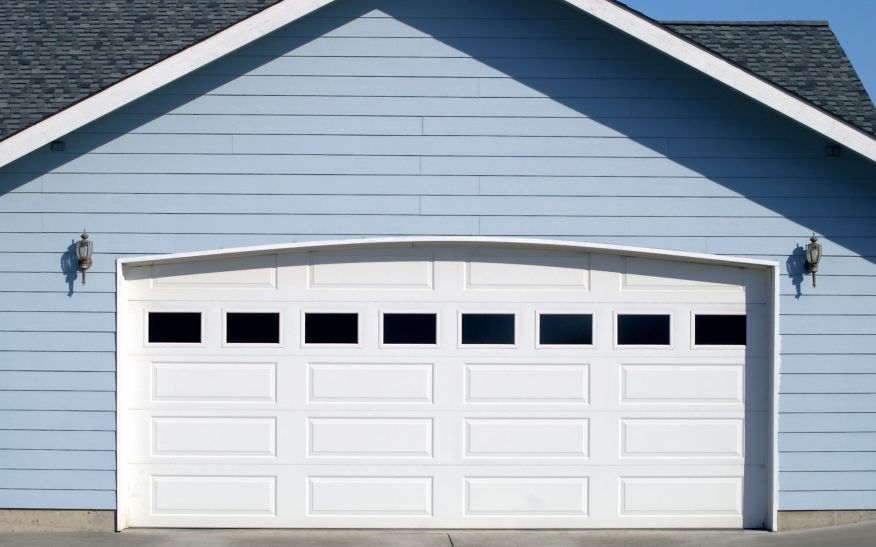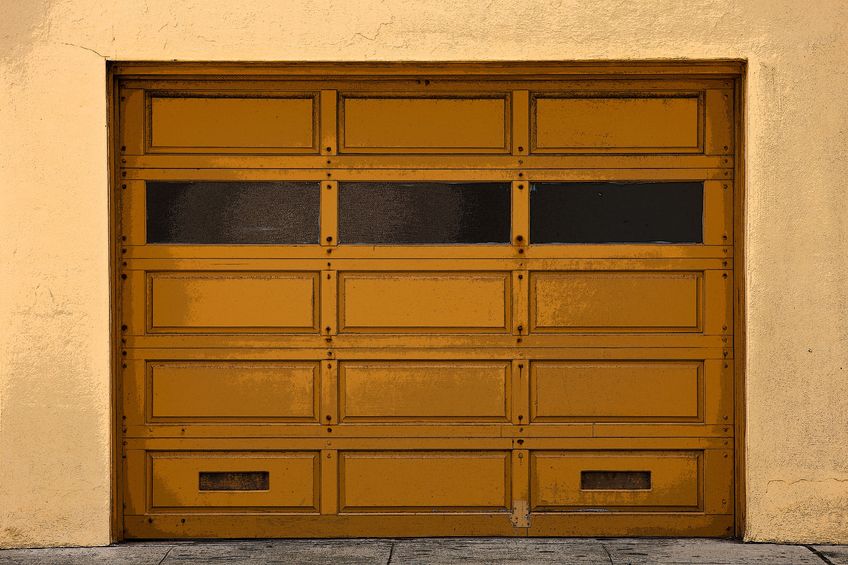Residential Garage Doors Parts range from big and unmissable, to hidden and discreet. When a garage becomes unresponsive, the easiest suspects to pinpoint are the ones most visible. These are the tracks and the many springs that align the garage door.
Goodbye Springs
The bulk of the actual garage door is built with a long series of springs. The springs control the movement of the garage, and they can snap off often. Now one spring snapping off does not meet the garage will be unresponsive. . But, the garage should be reviewed often to make sure the springs still hold. Rust and typical wear and tear will make the door vulnerable. If enough springs snap, the whole thing will be unmovable.
Cables and Tracks, Oh My!
The bulk of the garage door is built with a large track that lines the ceiling of the garage space. This tracking can get disjointed. The track is also connected into the ceiling, and it can be slightly adjusted over time. Even the slightest adjustment will cause the track to bend in an odd way, and the garage will be incapable of getting all the way up into the ceiling. A common side effect of this is that the garage door will go up halfway up and lock in place. It may also go halfway up and immediately start heading back down. The likely culprit is a track misalignment. More advanced garage doors may have sensors built into the program. The sensors will dictate when the garage door is unsafe. That may be because too many springs have been popped out. It is similar to a failsafe program. If the garage door does not find the situation safely, it will not respond. Usually, this is accommodated with a red light on the panel, similar to the check engine light in a vehicle.
The tracks and springs make up the majority of the Residential Garage Doors Parts. Speak with any one of the team members at Ace Garage Door Company LLC to find out what is wrong with the garage. Is it the springs? Are the cables? Or is another one of those often forgotten about parts, such as the sensor or the lock handle?








